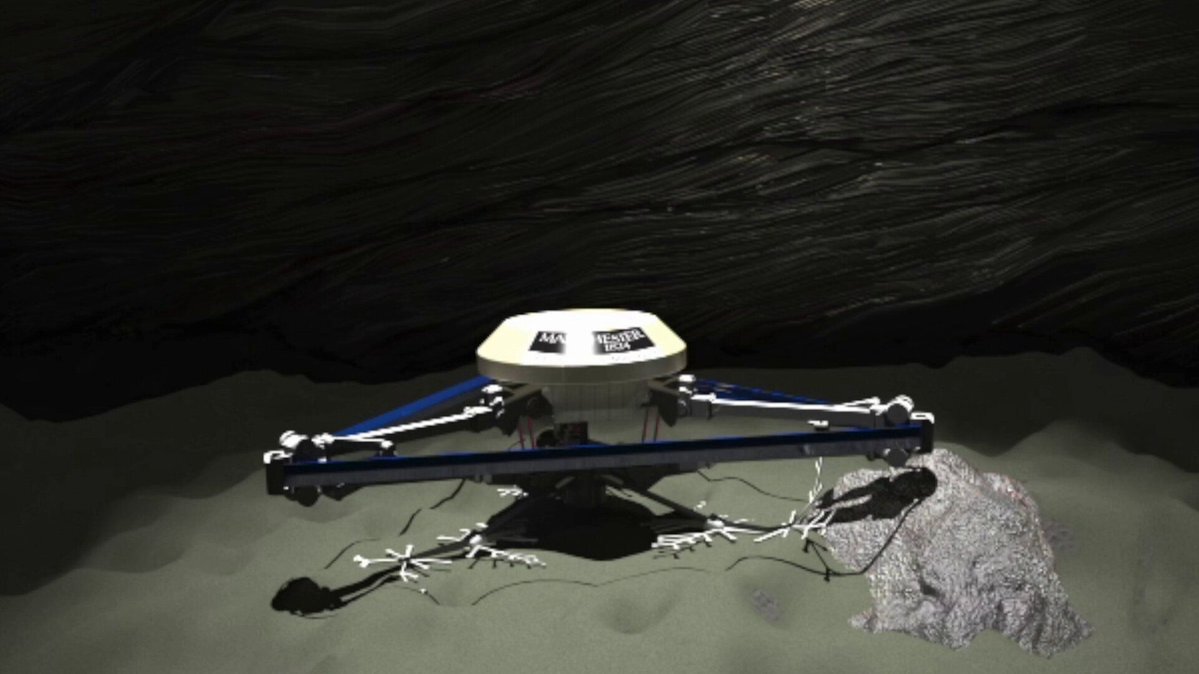The European Space Agency (ESA) has recently launched the third round of a series of studies on
Of the five original concepts in the firstIn Sysnova's research, ESA has identified three "mission scenarios" - one for finding entrances to lunar caverns, another for scrutinizing the entrance to them, and one for exploring lava tubes with autonomous rovers. ESA then decided to continue evaluating two mission concepts that focus solely on the exploration of the cave entrance, but combine aspects of all three original mission concepts.
Understanding even the entrances to moon caves canprove invaluable in understanding the resources that will be available in the underworld of the moon. It is also a key to understanding the radiation protection provided by the lunar regolith. This defense, depending on its effectiveness, could be a game changer in where any potential permanent lunar base would be located.
 Images of open lava tubes on the Moon. Credit: NASA / LRO.
Images of open lava tubes on the Moon. Credit: NASA / LRO.
The first chosen mission plan is underthe leadership of the University of Würzburg. They developed a spherical probe that can be lowered into a cave entrance using a crane attached to an all-terrain vehicle. The probe itself is enclosed in a transparent plastic case and will contain a three-dimensional lidar, optical chamber and dosimeter that will allow the probe to read radiation levels at the entrance to the cave.
 An example of a Mars hopping rover that could potentially be used in ESA cave exploration projects. Credit: University of Manchester.
An example of a Mars hopping rover that could potentially be used in ESA cave exploration projects. Credit: University of Manchester.
Wireless power and communications - basicthe purpose of the second mission plan developed by the University of Oviedo. In his scenario, a "charging head" is attached to the end of a rover-based crane, which is then used to power and directly communicate with autonomous vehicles that do not have their own internal power source. Power to the lunar rover and the charging head will come directly from the connected solar panels.
 Image of a spherical camera system developed by the University of Würzburg. Credit: University of Würzburg.
Image of a spherical camera system developed by the University of Würzburg. Credit: University of Würzburg.
The duration of the mission for these experiments will be planned for one lunar day, or approximately 14 Earth days.
Both of these proposed missions are still conceptual at this stage, and neither has been fully funded.However, it is clear that ESA's step-by-step process is beneficial even before it isThe fact is that the concepts that have emerged as a result of this are new and potentially feasible if sufficient resources are available.Missions that have made it this far in the process have a good chance of eventually becoming a reality and contributing to the work of establishing a permanent colony on the Moon.
Read more
Physicists have created an analogue of a black hole and confirmed Hawking's theory. Where it leads?
The first panorama of Mars appeared. It consists of 142 photos!
Abortion and science: what will happen to the children who will give birth
Lava tubes - cavities in lava flows,elongated in the form of corridors. Such channels are obtained with uneven cooling of lava flowing from the slopes of the volcano. The surface layers of lava, due to contact with air, which is much colder than the lava itself, cool faster and become monolithic, forming a hard crust.
Regolith is a residual soil that is a product of space weathering of rocks in situ. Currently, this term is most often called the surface layer of loose lunar soil.